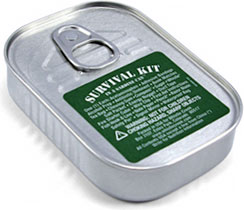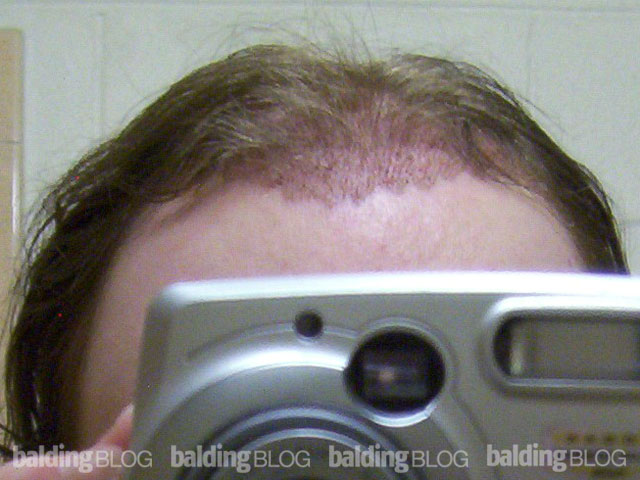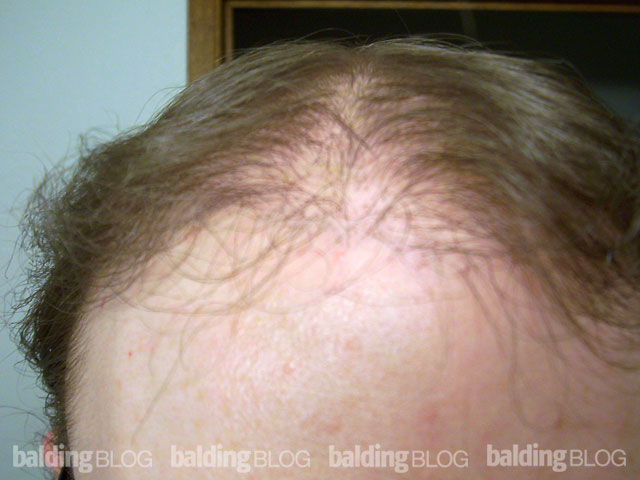Thanks for the informative site! I’ve searched for similar questions and answers, you’ve addressed delayed and no growth from transplants before, so hopefully this isn’t repeating too much from others. I’m 29 and had a hair transplant with a reputable IAHRS doctor seven months ago. 2400 grafts total were used, placed in the front 1/3 of my scalp to thicken my front and fill up my hairline.
It’s been seven months and the only growth that has occurred are a couple or so dozen hairs that didn’t shed during the two weeks following surgery. Those started growing further at about 3 months and are still growing, but it looks as though nothing else has even begun to pop through. The only possible explanation I can think of is concerning ridding my transplanted area of scabs post-op. 14 days after surgery, the scabs started to raise up and I went through with the balls of my fingers and gently rubbed them off, in some cases gently picked them a bit to rub them off (a few also peeled like dead sking does). There was no sign of trauma and with the scabs came the small hairs. So I shed about 90% or so of the hairs at 14 days. I discussed this with my doctor and he said there shouldn’t have been graft damage and any grafts coming out would’ve been followed by bleeding.
Is there any explanation(s) for this delayed or potentially little growth from my transplant? I’ve read articles about some transplants having delayed growth for up to a year due to different types of hair cycles. Could the rubbing and slight picking off of scabs after 14 days taken the grafts out or traumatized them to lay dormant longer? I’m sending before and after photos. Thanks!

You sent a lot of photos, but unfortunately most of them were from a distance and poor quality, so they don’t help me see much. The two best photos are shown below (click to enlarge) — the left photo is from 1 day post, the right photo is from 7 months post surgery. There does not appear to be any growth and I would expect that something should have shown by now.
Sometimes transplanted hairs can take up to 12 months before it grows, but usually there is some growth by 7 months. You should see some results between 5-6 months post surgery. I would give it up to a few more months, but definitely follow up with your hair transplant surgeon. I really do not like the unusual zig-zag hairline the doctor placed, as evident in the 1 day post-procedure photo.
There are MANY factors that go into a successful hair transplant surgery. Each and every hair graft/follicle can easily dry up and die if not handled and transplanted by a professional medical team. That is why choosing the right doctor and the right medical group is very important. In other words, it is not like buying a car from a dealer who can get you the cheapest out the door price. Despite what the consumers may think, not all hair transplants are equal (even if they advertise the latest techniques).
![]()
![]()


 I agree disclaimers can be a bit daunting and scary when you read each and every line. While we live in a litigious society that necessitate us from signing disclaimers, it is also a way to give full disclosure of all risks involved.
I agree disclaimers can be a bit daunting and scary when you read each and every line. While we live in a litigious society that necessitate us from signing disclaimers, it is also a way to give full disclosure of all risks involved. An article written by
An article written by  I’ve posted a couple cases about this. Those with very fine hair will have a harder time obtaining coverage, and the use of concealers with the transplants can work quite well. So yes, I absolutely think it’s a good idea if you want to use these camouflaging agents.
I’ve posted a couple cases about this. Those with very fine hair will have a harder time obtaining coverage, and the use of concealers with the transplants can work quite well. So yes, I absolutely think it’s a good idea if you want to use these camouflaging agents.


 Most hair transplant clinics do charge by the graft. I think the surgeon who made the above statement clearly believes session charges are less misleading and have a greater value than graft charges. At one time, I entertained the idea of doing a session charge rather than a per graft charge, but I ran into a problem working through the details of the charging mechanism. For example, if a person had a session charge for 400-800 grafts and then another charge for 801-1200 grafts, would the person who paid for 801 grafts feel cheated when he knew that someone else paid a lesser price for 799 grafts? I think that a patient would want to know just what they are getting and per graft charges really reflect, in my opinion, the amount of work done and the value in transplanted hair to the outcome. Iin this example, there is almost no difference between a charge by the graft for 799 vs 801 grafts, compared with a big step up in pricing for a session charge.
Most hair transplant clinics do charge by the graft. I think the surgeon who made the above statement clearly believes session charges are less misleading and have a greater value than graft charges. At one time, I entertained the idea of doing a session charge rather than a per graft charge, but I ran into a problem working through the details of the charging mechanism. For example, if a person had a session charge for 400-800 grafts and then another charge for 801-1200 grafts, would the person who paid for 801 grafts feel cheated when he knew that someone else paid a lesser price for 799 grafts? I think that a patient would want to know just what they are getting and per graft charges really reflect, in my opinion, the amount of work done and the value in transplanted hair to the outcome. Iin this example, there is almost no difference between a charge by the graft for 799 vs 801 grafts, compared with a big step up in pricing for a session charge.